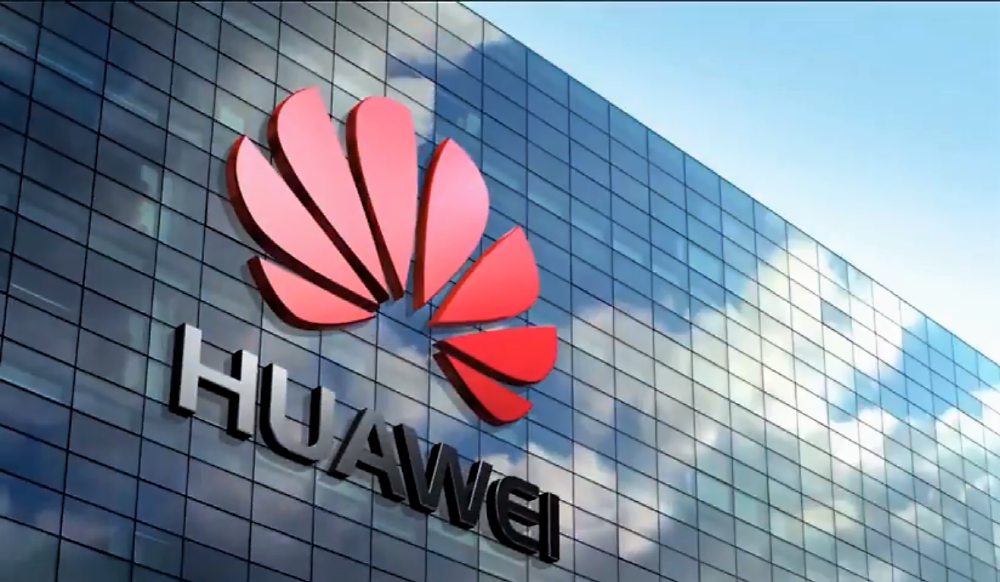
It is reported that Huawei, a Chinese company, which is virtually embargoed in the US, is building a chip factory in Shanghai that does not use US technology.
In May 2019, President Trump signed a presidential decree banning the trade of foreign products with information and communication risks, and added Huawei to the list of bans. In addition to this list, the supply of advanced US-made parts and software to Huawei was virtually banned. The Trump regime added 38 Huawei-related companies to the entity list in August 2020, and blocked Huawei’s embargo to procure parts through a third party.
The US embargo was a big blow to Huawei, who did not solve chip production. Huawei was in a state of waiting for the situation to improve while using the chips it supplied until 2019, but this time it has made a move to build a new dedicated chip factory in Shanghai.
It is reported that Huawei’s dedicated chip factory is operated by the Shanghai IC R&D Center, a chip research company supported by the Shanghai Municipal People’s Government, and Huawei has invested in the semiconductor field operated by small businesses since September 2020. . It is an analysis that it is a move that combines Huawei’s chip design capabilities and Chinese chip manufacturing capabilities.
According to sources, Huawei is planning to manufacture a 28nm manufacturing process chip for IoT devices supporting 5G communication by the end of 2021 and a 20nm manufacturing process chip by the second half of 2022. In addition, since the chipset for smartphones requires advanced technology nodes, it can be said that production is impossible at the new Shanghai plant. Nevertheless, Huawei aims to establish a sustainable infrastructure by operating its own chip factory in a situation where it is difficult to import new chips for communication devices.
In the end, Huawei is not only breaking away from the US-made technology that China relies on, but also aiming to be pure Chinese. However, semiconductor analysts say that Huawei wants a 14nm manufacturing process chip for mobile network base stations, but that it will be possible to build a sustainable infrastructure by 2023 because it can be switched to a 28nm manufacturing process chip. It is expected that the completion of pure Chinese-made equipment will take longer than this. Related information can be found here .


















Add comment